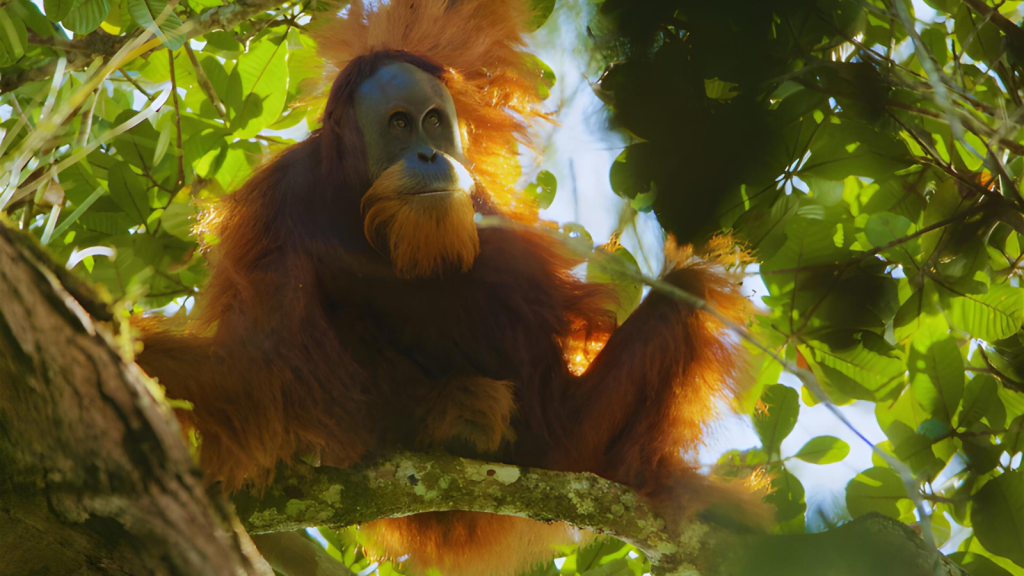Our planet never ceases to amaze us with its hidden wonders. Just when we think we’ve seen it all, nature throws us a curveball. In the past ten years, scientists have stumbled upon some truly mind-boggling creatures. From deep-sea oddities to peculiar land-dwellers, these new discoveries prove that Earth still holds many secrets. Get ready to meet some of the weirdest and most wonderful animals you’ve never heard of. These recent finds will make you wonder what else is out there, waiting to be discovered.
The Ninja Lanternshark
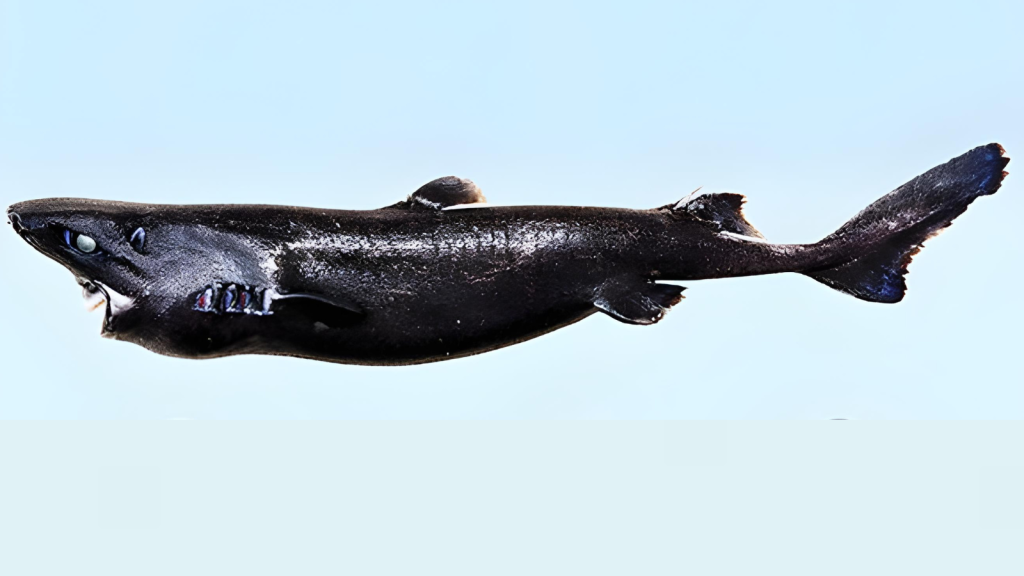
This small, black shark glows in the dark! Found in the deep waters off Central America, it uses its light-producing organs to blend in with the faint sunlight from above. This clever camouflage helps it sneak up on prey and avoid becoming a meal itself. The shark’s scientific name, Etmopterus benchleyi, pays homage to Peter Benchley, the author of Jaws.
The Hoodwinker Sunfish
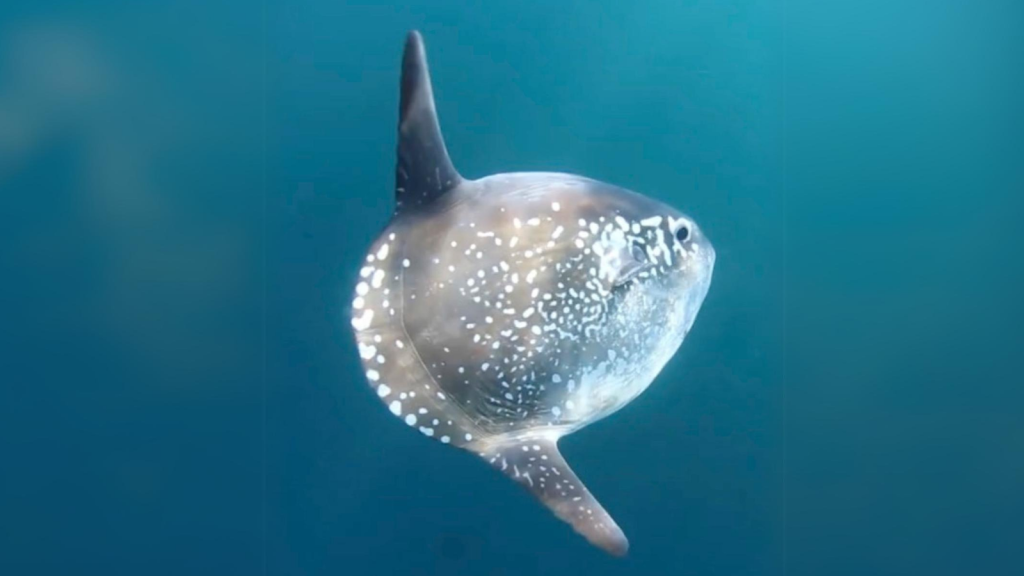
For years, this giant fish fooled scientists into thinking it was a different species. It can grow as big as a car and looks like a swimming head. Despite its massive size, it managed to stay hidden until 2017 when it washed up on a beach in Australia. Unlike other sunfish, the hoodwinker has a smooth, slender body without lumps and bumps.
The Psychedelic Frogfish
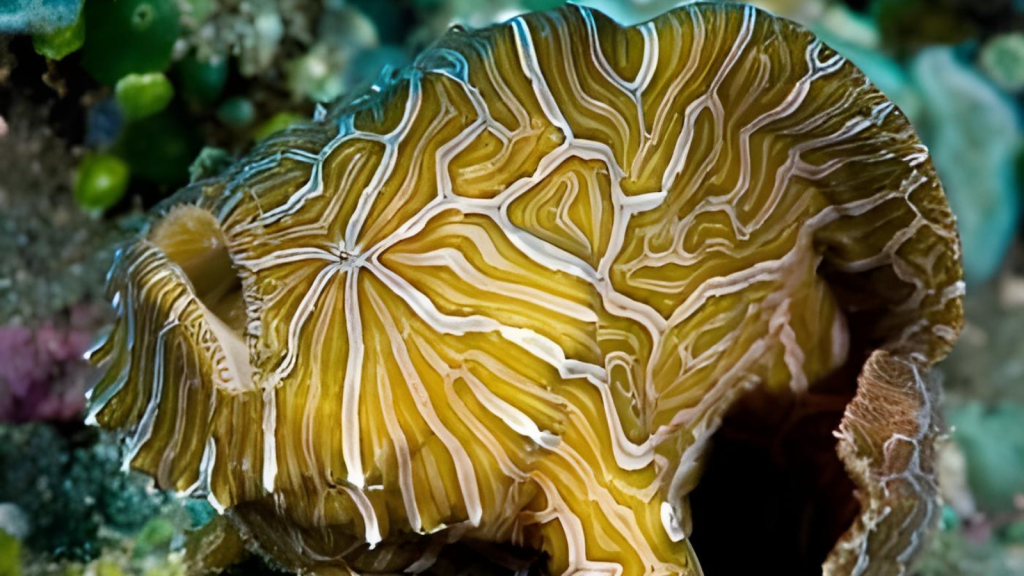
This gaudy little fish looks like it’s dressed for a rave. Found in Indonesia, its wild patterns of swirls and stripes help it blend in with colourful coral reefs. It uses a lure that looks like a tiny fish to trick its prey into coming close. The frogfish can change its colours to match its surroundings, making it a master of disguise.
The Mariana Snailfish
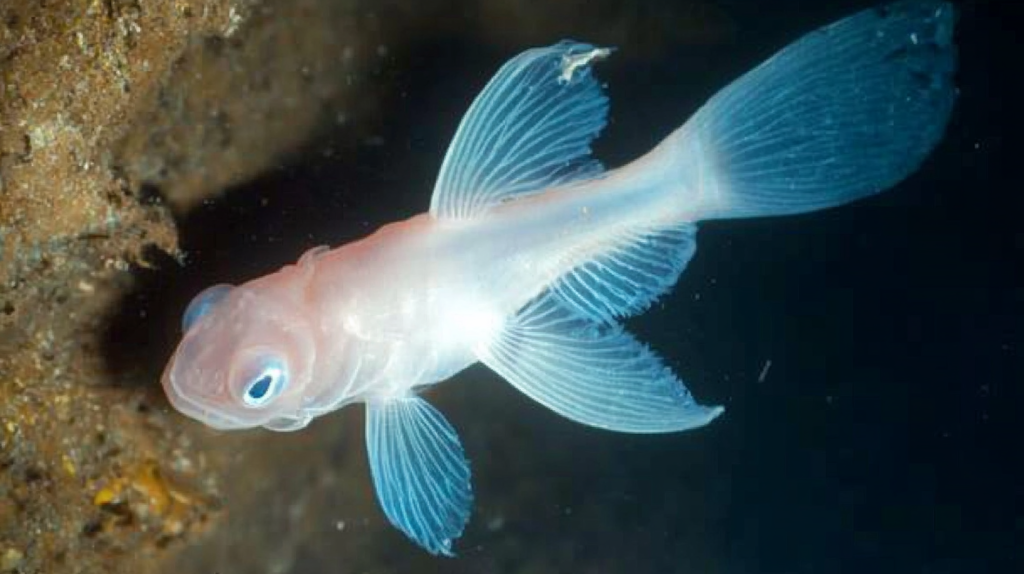
Living in the deepest part of the ocean, this ghostly fish can withstand crushing pressure that would squash most other creatures. It looks fragile, but it’s tough as nails, thriving where few other animals can survive. The Mariana snailfish has been found at depths of up to 8,000 metres, making it one of the deepest-living fish ever discovered.
The Phuwiangvenator Dinosaur

While not alive today, this dinosaur was only discovered recently through fossils. It was a swift, meat-eating dinosaur that roamed Thailand about 125 million years ago. It gives us new insights into how dinosaurs evolved in Asia. The Phuwiangvenator belonged to a group of dinosaurs called megaraptorans, known for their large claws and lightweight build.
The Tapanuli Orangutan
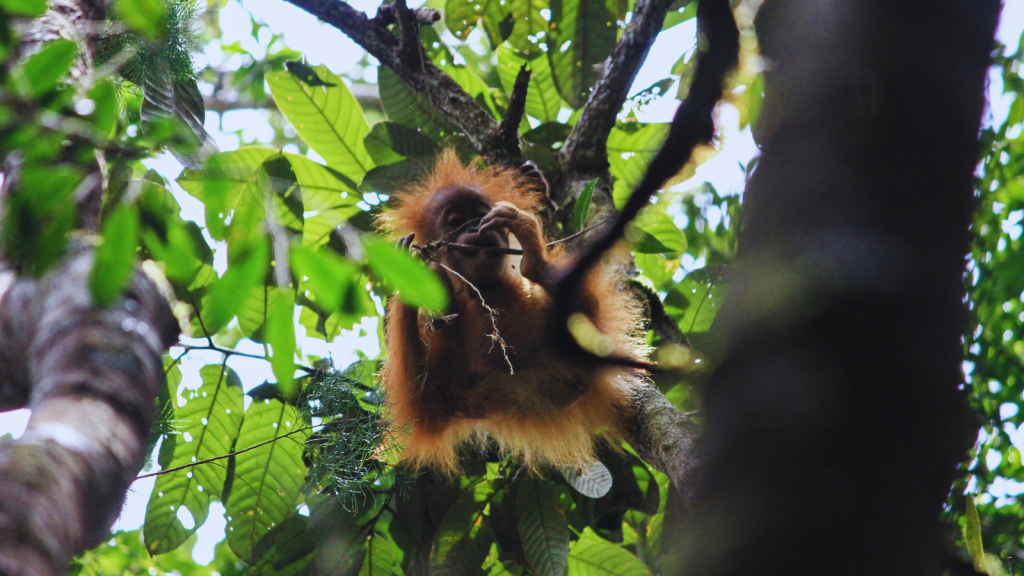
This rare ape was hiding in plain sight in the forests of Indonesia. It’s the first great ape species to be discovered in nearly a century. Sadly, it’s also the most endangered great ape, with only about 800 left in the wild. The Tapanuli orangutan has a smaller skull and frizzier hair than its Sumatran and Bornean cousins.
The Skywalker Hoolock Gibbon

Named after the famous Star Wars character, this primate was found swinging through the treetops of southwest China. It has distinctive eyebrows and a song different from other gibbons, which helped scientists realise it was a new species. Like other gibbons, the Skywalker hoolock is known for its acrobatic abilities and can swing through trees at speeds up to 55 km/h.
The Lilliputian Frog
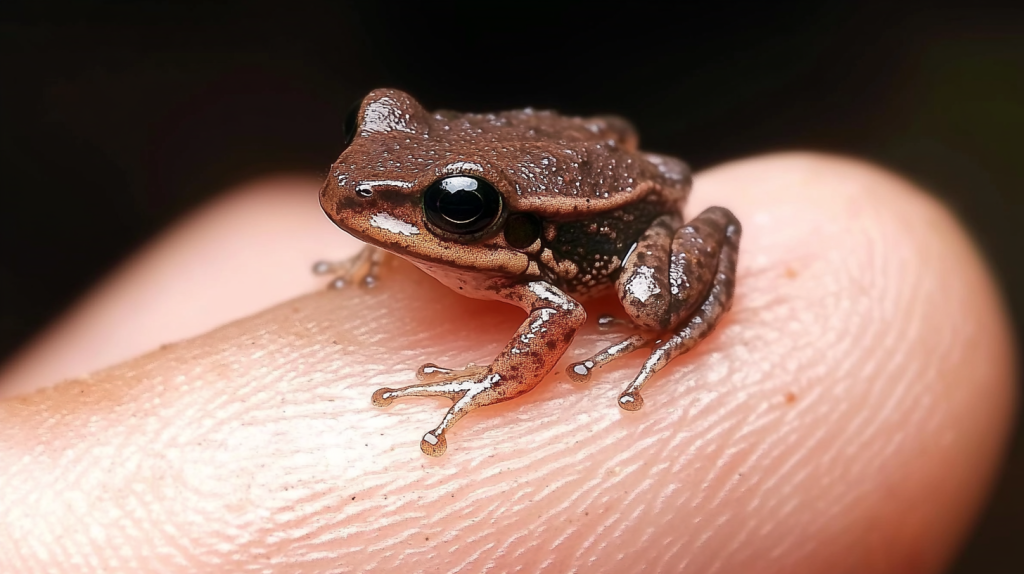
This tiny frog is no bigger than a 5p coin, making it one of the smallest vertebrates in the world. Found in the Andes Mountains of Peru, it’s so small that it can sit comfortably on a fingertip. Despite its size, the Lilliputian frog has a loud call relative to its body size, which helps it communicate in its mossy forest home.
The Giant Shipworm

Despite its name, this creature isn’t a worm at all. It’s actually a type of clam that can grow up to a metre long. It lives in mud and gets its energy from bacteria, rather than eating like other clams. The giant shipworm’s shell is so thin and fragile that it crumbles when touched, leaving the animal looking like a long, black, slimy worm.
The Vika Giant Rat
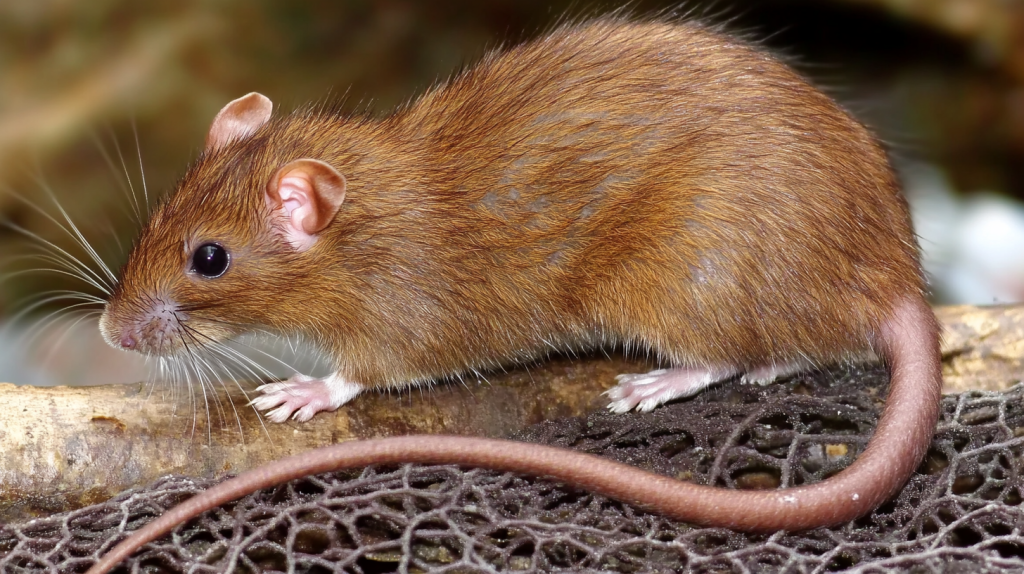
This massive rodent from the Solomon Islands is about four times the size of a common rat. It can crack open coconuts with its teeth and was known to locals for years before scientists confirmed its existence. The Vika is an excellent climber and spends most of its time in the treetops, rarely coming down to the forest floor.
The Heterometrus Yaleensis Scorpion

This new species of scorpion was found in the grounds of a university in Sri Lanka. It’s a prime example of how new species can be discovered even in well-studied areas. The Heterometrus yaleensis is a forest-dwelling scorpion that prefers to hide under rocks and fallen trees during the day.
The Epimeria Quasimodo Crustacean
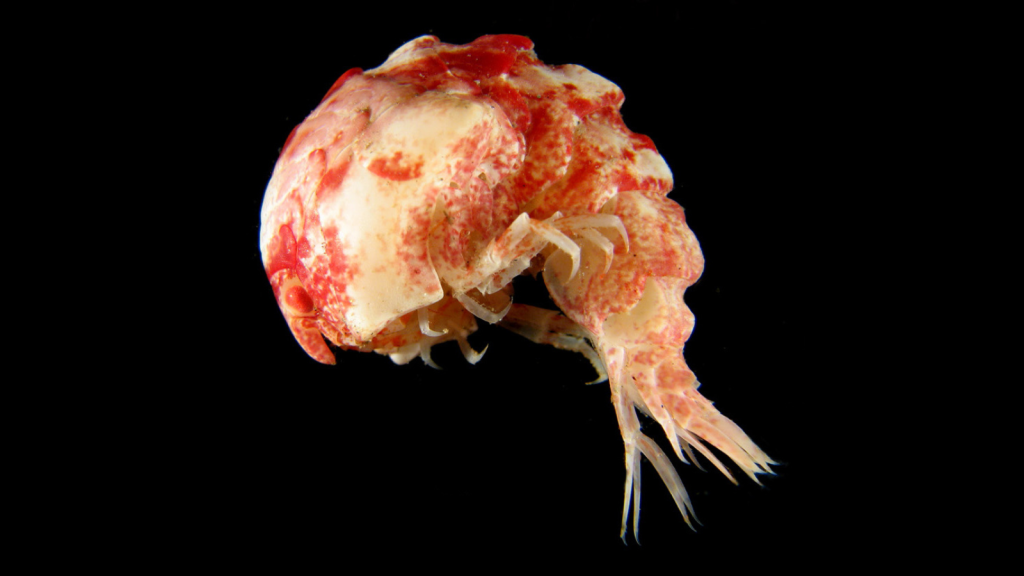
Named after the Hunchback of Notre Dame, this shrimp-like creature has a humped back and lives in the icy waters of the Antarctic. Its discovery shows how much we still have to learn about life in extreme environments. The Epimeria quasimodo’s unique body shape may help it navigate the strong currents of the Southern Ocean.
The Xenoturbella Japonica Worm
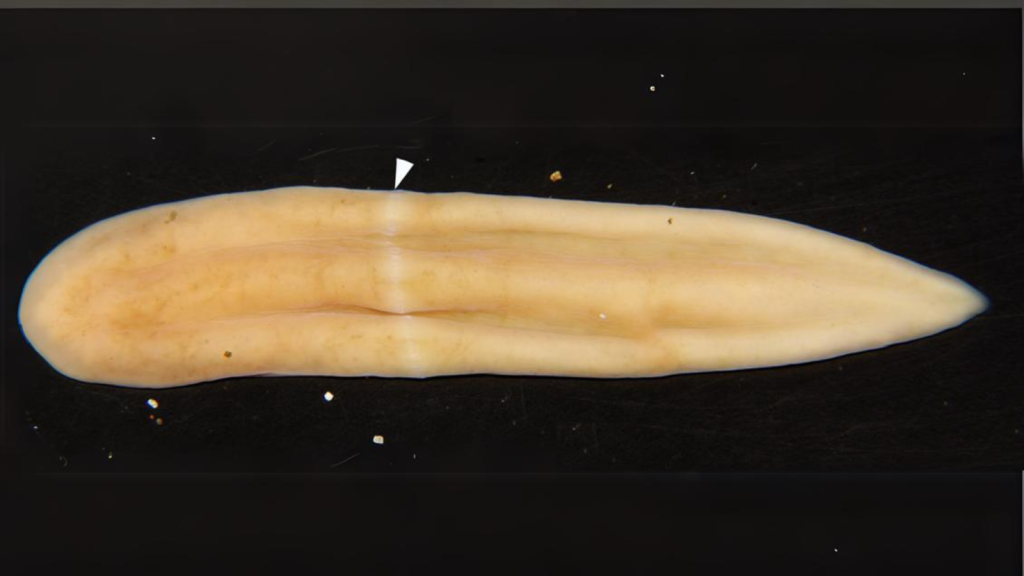
This strange, purple worm-like animal has no brain, no gut, and no anus. Found off the coast of Japan, it’s part of a group of animals that split from other animals over 500 million years ago. Despite its simple body plan, the Xenoturbella japonica can grow up to 10 cm long and moves by gliding along the sea floor using tiny hairs called cilia.
The Dermophis Donaldtrumpi Amphibian
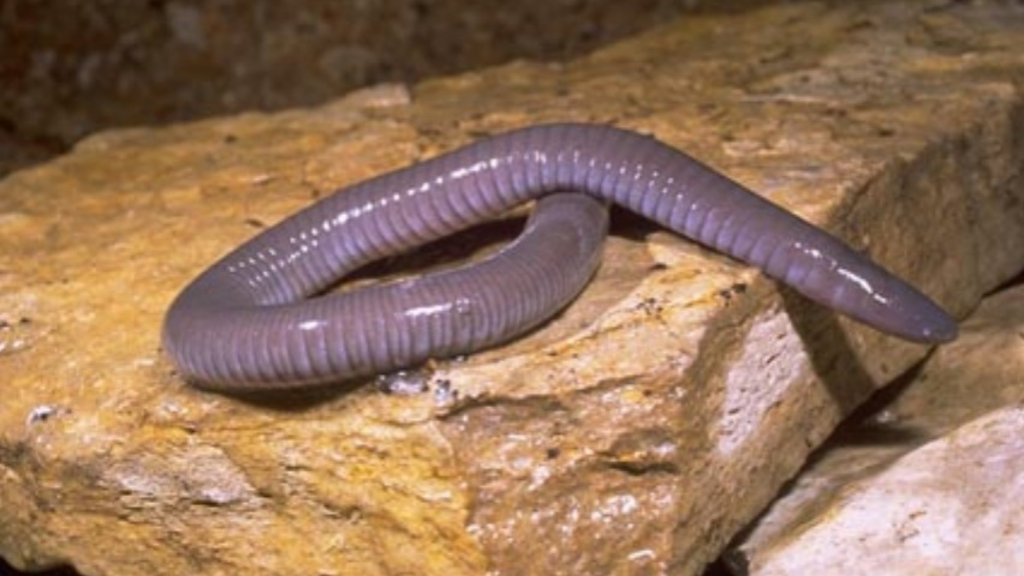
This small, blind amphibian that burrows underground was named after a former U.S. president. It was discovered in Panama and has an unusual ability to bury its head in the sand. The Dermophis donaldtrumpi belongs to a group of amphibians called caecilians, which have snake-like bodies and are more closely related to frogs and salamanders than to worms.
The Salazar’s Pit Viper
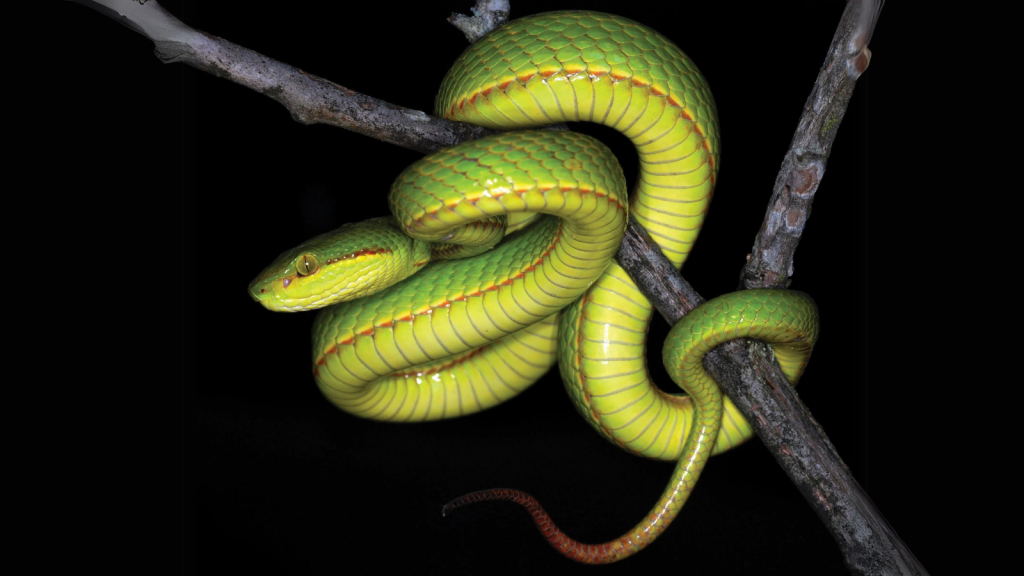
This beautiful but deadly snake was found in India. It has a unique pattern and colouring that sets it apart from other pit vipers. Its discovery highlights the rich biodiversity of the Western Ghats mountain range. The Salazar’s pit viper is named after Salazar Slytherin from the Harry Potter series, due to its green colouration and its ability to produce a hiss-like sound.
Becky is a fervent wildlife enthusiast and pet care expert with a diploma in canine nutrition. Her love for animals stretches beyond the domestic, embracing the wild tapestry of global fauna. With over a decade of experience in animal welfare, Becky lends her expertise to OutlandishOwl through insightful articles, captivating wildlife information, and invaluable guidance on pet nutrition. Her work embodies a deep commitment to understanding the intricate lives of animals and a passion for educating others on sustaining natural habitats. Becky's hands-on conservation efforts and her knack for translating complex dietary science into practical pet feeding tips make her an indispensable voice for creatures great and small.

